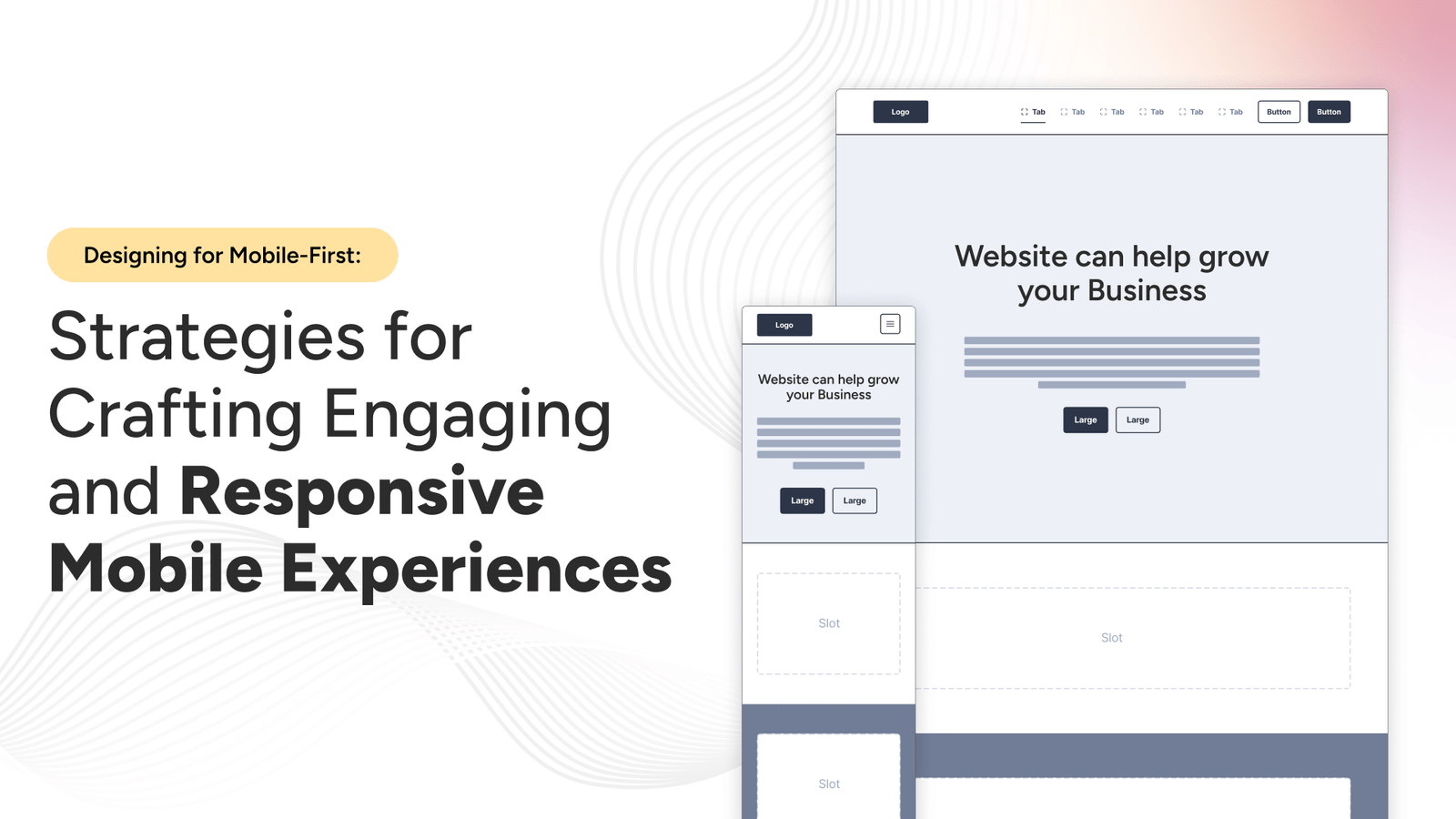Crafting a design that truly resonates with users involves more than just aesthetics; it requires a deep understanding of their needs, preferences, and behaviours. This is the essence of User-Centered Design (UCD), a philosophy that puts people at the heart of the design process.

The Essence of User-Centered Design
- Empathy with Users: UCD begins by immersing designers in the lives of users, gaining insights through observation and empathy to understand their world.
- Iterative Design Process: UCD embraces iteration, allowing designs to evolve based on continuous feedback, leading to more intuitive and user-friendly solutions.
- Focus on Usability: Central to UCD is the idea of creating designs that are not just visually appealing but also easy to understand and use.
- Inclusive Design: UCD advocates for inclusivity, ensuring that designs cater to the needs of all users, including those with disabilities.
- Collaboration and Communication: UCD thrives on collaboration, with designers, developers, and stakeholders working together to create solutions that truly meet users’ needs.
The Advantages of User-Centered Design
- Enhanced User Satisfaction: By designing with users in mind, UCD creates experiences that are more engaging and satisfying.
- Cost-Effective Development: UCD reduces the risk of costly redesigns by identifying issues early in the process.
- Increased Market Success: Products that are designed with a deep understanding of users’ needs are more likely to succeed in the market.
Implementing User-Centered Design
- Research: Dive deep into user research to uncover insights that drive your design decisions.
- Prototyping: Build prototypes to test your ideas and gather feedback from users.
- Testing: Conduct usability testing to refine your designs based on real user interactions.
- Iteration: Continuously refine and improve your designs based on user feedback to create a truly user-centered product.
User-Centric Design (UCD) takes User-Centered Design (UCD) a step further by not only meeting user needs but also aligning with their values, preferences, and behaviors. It goes beyond usability to consider the emotional and psychological aspects of user interactions. By focusing on creating meaningful experiences that resonate with users on a deeper level, User-Centric Design (UCD) can lead to more impactful and long-lasting relationships between users and products.
Elevating Design with User-Centered Principles
User-Centered Design is not just a methodology; it’s a mindset that places users at the forefront of the design process. By embracing empathy, iteration, and collaboration, designers can create products that not only meet users’ needs but also delight and engage them. Embracing User-Centered Design principles can lead to more successful products, happier users, and a more fulfilling design process.






